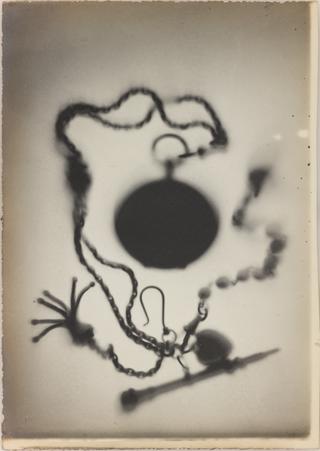X-ray installation by Russell John Reynolds
X-ray installation by Russell John Reynolds, London, England, 1896-97. Consists of:- 13-inch spark coil mounted on glass pillars, with mercury dipper break (motor control) and commutator, all mounted on wooden stand; condenser mounted in mahogany case; three-legged wooden tube stand; chromic acid battery.
More
Russell John Reynolds (1880-1964) was an internationally renowned radiographer and specialist in the field of cineradiography or moving image X-ray films. While still at school, he – with the assistance of his GP father John Reynolds – constructed a fully functioning X-ray machine just months after German scientist Wilhelm Röntgen first described the ‘new type of ray’ in late 1895.
Keen amateurs in Britain were quick to replicate Röntgen’s spectacular experiments using a combination of shop bought and home-made equipment. Fifteen-year-old Russell was particularly well-placed, being the son of a medical doctor and family friend of physicist William Crookes, inventor of the Crookes tube (the early electrical discharge tube used to produce the first X-rays).
John and Russell constructed one of the core components of their machine, the spark induction coil, themselves using readily available materials. The 1900-vintage X-ray tube currently shown with the setup, of Russell Reynolds' own design, was added by him in 1950 to the original machine which he had donated to the Science Museum in 1938.
- Measurements:
-
overall: 81.5 kg
- Materials:
- mahogany (wood) , glass , wood (unidentified) and mercury
- Object Number:
- 1938-645/1
- type:
- x-ray installation
- Image ©
- The Board of Trustees of the Science Museum











